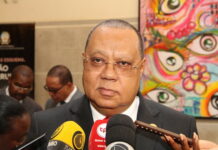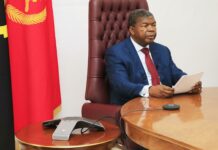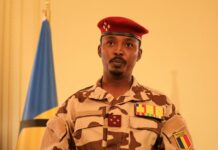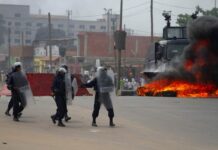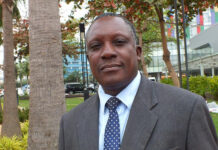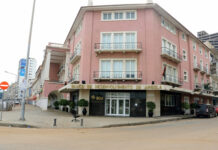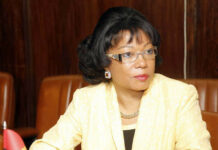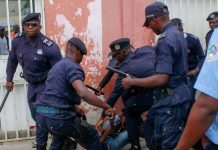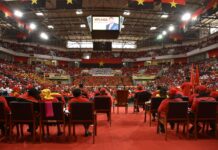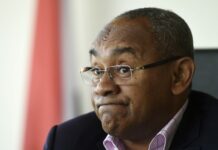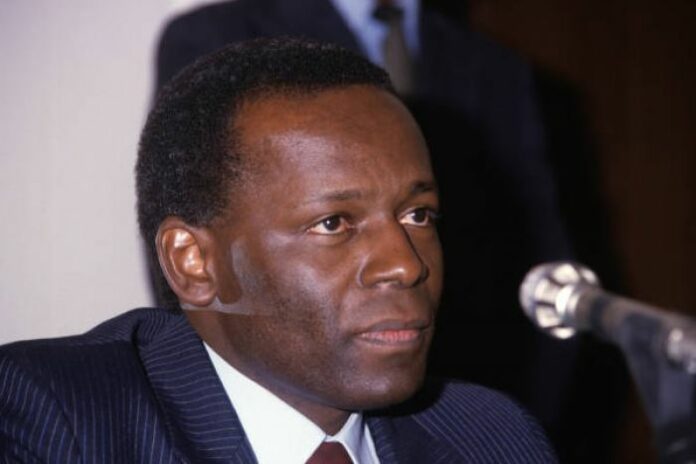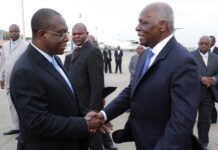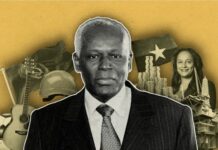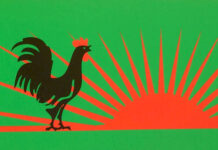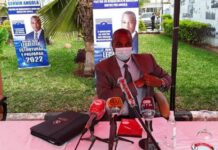In Vila Alice, in the late afternoon in Luanda, Justino Pinto de Andrade reveals to the OBSERVADOR details from 1972 that may explain the role of José Eduardo dos Santos in 1977. When he came from the Soviet Union and went down to Congo, he was not very pleased that you found him.
But he stayed at the Bureau, he was an assistant to Lúcio Lara in Brazzaville. And when Lara’s contestants arrested him in the bathroom, José Eduardo’s role was enigmatic ”.
He explains it better: “The person responsible for the MPLA’s communications was the engineer Fernando Castro Paiva – who later joined Revolta Ativa – and had two deputies, José Eduardo and Evaristo Quimba. Castro Paiva received the news that Lara was being kidnapped by his companions and told José Eduardo to communicate to President Neto, who was in Tanzania, what was happening in Brazzaville. And it looks like he whistled to the side. He did not act with the promptness that would have been expected at that time. It means that José Eduardo, in principle, should, in part, also agree with some of the claims made by the contestants ”.
Justino Pinto de Andrade also recalls: “The contestants later presented their claims to Neto but he removed the scoring from the leadership. According to them, Maria Eugénia Neto [Agostinho Neto’s wife] herself had to be removed because they did not want a white first lady in an independent Angola. They demanded that Lucius and Ruth Lara also leave. And Neto reacted: ‘Comrades, I don’t see myself in an organization with this culture’. He even used the expression ‘apparently this is also the UPA [Union of the Populations of Angola, which was at the origin of the FNLA, the other liberation movement in Angola, alongside the MPLA and UNITA], is no longer the MPLA ‘”, referring to the slogan of the movement’ One people, one nation, there are no races, there are no tribes’”.
The group of commanders, led by “the Immortal Monster [Jacob João Caetano]”, did not like what they heard. And Neto said: “If that is the case, I abandon the board, choose another president”. According to Justino Pinto de Andrade, “their response was: ‘Very well, we already have another one, comrade José Eduardo’”. In other words, JES “sat down for the first time in the chair of the MPLA president in 1972” in a very short period of time, “the one that lasted the resignation of Agostinho Neto, who then turned around and went back”. That is why Justino Pinto de Andrade says that “José Eduardo was president of the MPLA twice”.
Now, continues the nephew of Mário Pinto de Andrade, the first president of the MPLA (or not, in recent years the party has said that it was Ilídio Machado): “Some of those individuals who did this to Lara, gave the body to the 27th of May from 1977. José Eduardo was in Lubango, received the news of what was happening in Luanda, and got the idea that the rebels had won. He gathered the MPLA delegation that accompanied him and proposed that a statement be made, a message of support to comrade Nito Alves [former interior minister of Angola, expelled from the party in 1977 and who led the alleged failed coup d’état]. Some said that it was hasty to make a statement (at that time) with that content because things were not yet resolved or clarified. And there was this restraint ”.
But, adds the university professor, “this was in the memory of some and they passed it on to state security”. And he continues: “At a meeting of the MPLA Political Bureau, Onambwé [Henrique Santos], who was the second man of state security – in practice he was the true leader of DISA, the former Angolan secret police -, denounced José Eduardo and gave him arrest warrant ”. But Agostinho Neto “stopped Onambwé and told him to take it easy, because otherwise there would be no one who could be sitting next to someone”. “Neto realized that if he left the ground completely free for Onambwe it would be a disaster because no one could escape from that table,” he says.
It is because of this 1972 past that “the JES report was inconclusive, saying there was no evidence of fractionalism”: “There was already a certain complicity. Not that José Eduardo was a man of blows, no, but some of those individuals had been with him in Lara’s problem ”.
Angolan sociologist Paulo Inglês also considers the role of JES, a mysterious figure, on the 27th of May to be “fundamental”: “His stance is ambiguous, it is an obscured glass box that shared the ideology of the nittists and after being chosen as President he will try recover Neto’s faithful. ”
Margarida Paredes goes in the opposite direction. In his book, he writes that the “logic of recovery and inclusion of the victims of the 27th of May began during the 1st Republic, shortly after José Eduardo dos Santos was appointed President when the new statesman ended the shootings and freed many political prisoners ”.
The researcher considers that “the clemency policy and the integration in the MPLA governance of the political prisoners of the 27th of May led to a new narrative circulating in Luanda today, suggesting that the former foreign minister would have been a sympathizer of Nito’s theses Alves and relieving him of responsibilities in repression ” . Some even put him “in one of the clandestine meetings with the unsuccessful commander”.
Speaking to the Observer, Margarida Paredes wonders: “How could the person responsible for the report that investigated ‘Fractionalism’ have had sympathies with nitism? I don’t think so ”. And he adds an episode that occurred during the May 27 crackdown (which went on for about two years): “Your longtime best friend,“ Loy ”, Pedro de Castro Van-Dunem, was arrested by DISA in a tank of José Eduardo showed great courage in stopping the tank and taking it out. Possibly it saved him from death ”. When he became President, he appointed him a minister and had several portfolios over the years, until he died in 1997; its name was given to a large avenue in Luanda.
Ironically, in December 1977 the MPLA changed its name at its first congress – it became MPLA-Partido do Trabalho – and officially assumed to be a Marxist-Leninist, one of the claims of Nito Alves. At that meeting, José Eduardo dos Santos cemented his position in the party, a strong ally in his path of power and enrichment of his: a re-elected member of the Central Committee and the Political Bureau, he is Secretary for Education, Culture and Sports for the next two years for National Reconstruction and for Economic Development and Planning. Until the President arrives.
For the indecipherable José Eduardo dos Santos, nothing mattered the reasons that made him the successor of Neto. In the inauguration speech, he opted for pragmatic modesty: “It is not an easy replacement. It doesn’t even seem like a possible replacement. It is just a necessary replacement ”.

